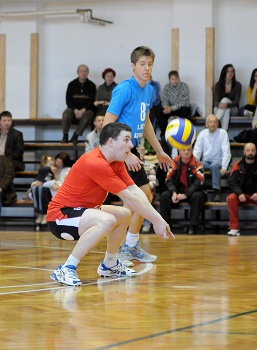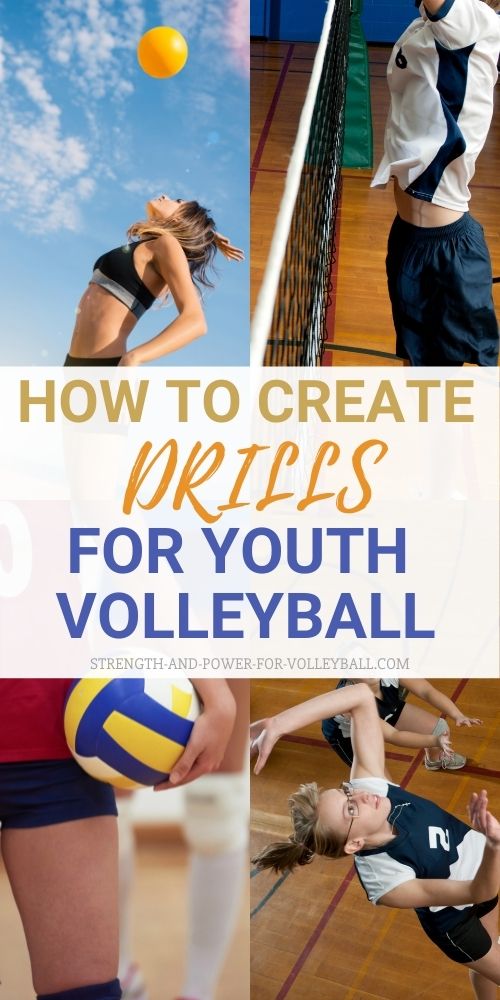Drills for Volleyball
Basic Drill Design and Setup
Drills for volleyball.
Purpose of Volleyball Drills
Drills should be organized. Each drill should enhance the goals of any given practice.
Also, volleyball drills
should be progressive so that every drill embellishes the next. In this
way, players will understand the objective of each drill and its
relationship to playing the game.
Effective practice and drill design enable us to provide answers to questions.
Learn to identify real questions and prioritize them. Be able to
recognize the questions you can answer considering your personnel and
time allotment for training. Examine your situation, create questions,
prioritize them, and design effective
an answer.
The volleyball coach
functions in a problem-solution world. Our careers ride on our ability
to identify and prioritize problems and generate solutions.
Drills for Volleyball Youth Coaches
It's important to understand that coaches need to be flexible when it comes to creating drills. There isn't a right way to practice.
The right way is the way that works. Some players will respond positively to certain drills while others just won't "get it".
Coaches need to be flexible in their practice design. Designing drills is an art in of itself. Coaches need to be open to new ideas and be constantly experimenting to see what works best for their team.
Players Make Drills Successful
The effort that players give to any activity determines success or
failure. It's the coach's responsibility to trigger the players' effort
to ensure success and resulting benefits.
Effective practice and drill design will spring from the coach's sensitivity to what
motivates a given group of athletes.
Good Drills are Critical for Youth Volleyball
Possible Limiting Factors
- Not enough courts. Only one volleyball court and you have 36 players.
- Not enough volleyballs. You only have 6 volleyballs and 36 players.
- You're coaching all by yourself. You don't have an assistant coach.
Basic list of what you need to make drills successful
- Enough balls. Have approximately two balls for each player. The same brand and quality of ball that you'll use during competition is ideal.
- Ball containers with wheels. Preferably high enough container so that you don't have to bend too far down to get a ball.
- Good net setup. You need a good net, at the correct height, tight top and bottom, with a well-fitted antennae.
-
Hazard-free playing area. Eliminate or pad anything potentially harmful to your athletes when they are pursuing the ball.
You may not be able to influence or control some things such as the number of assistant coaches,
number of courts, ceiling height, how many days and hours you can train, etc.
Decide what you can do to maximize your training environment and work around the rest.
If you enjoyed these tips and would like to keep it close to you at any time, just save this pin to your Pinterest Volleyball Training Board.

